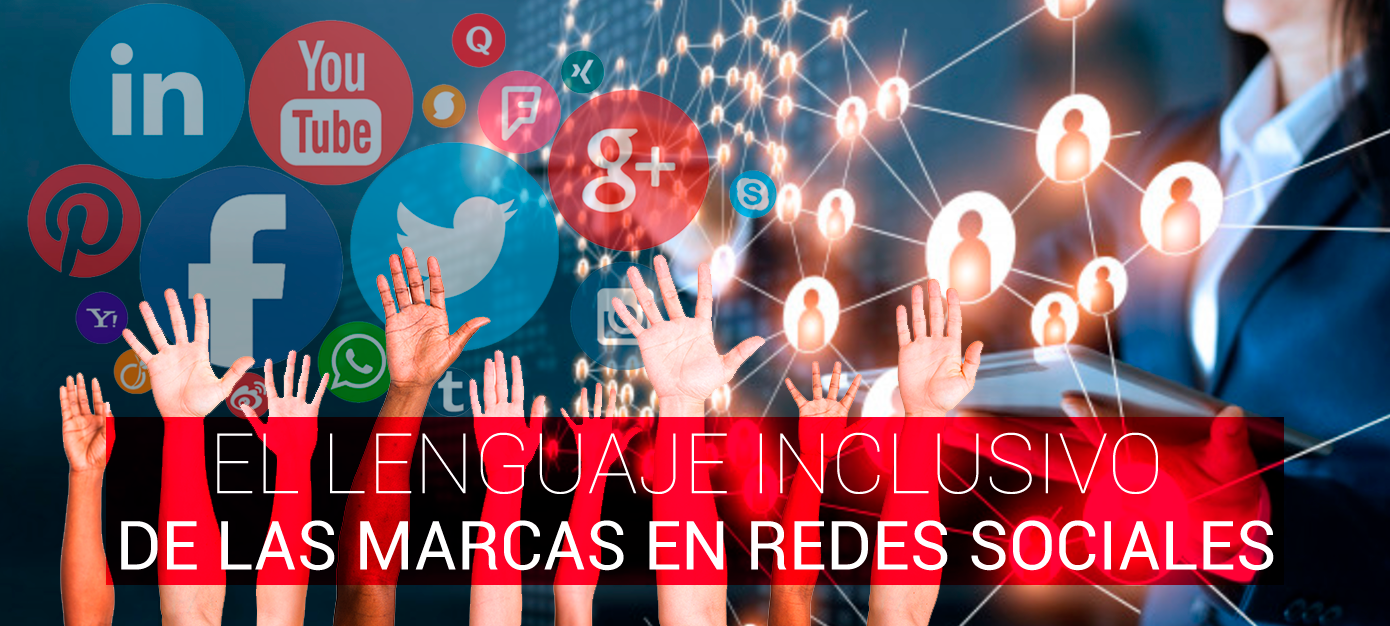
THE INCLUSIVE LANGUAGE OF BRANDS IN SOCIAL NETWORKS
For its part, inclusive language can become a simple resource that is basically based on substituting or transforming sensitive words that exclude women into other words that include: Usuarixs, Usuari@s and Usuarios.
Since the emergence of social networks, everyone learned to express themselves freely virtually, but did you know that social networks and good spelling are not very good friends?
For some time now, there are people who have joined forces to create the spelling guerrilla on the Internet, which is responsible for pointing out every misspelled word and do not forgive any mistake, however, there are also people who do not care much about this issue and just let it go unnoticed.
Now, if you are just starting to venture into the world of social networks, or you already have your gray hairs and you start to see that the community now writes Chi@s, Amigues or Trabajadorxs, it’s because something important is happening! And even more so if you see this same behavior in the networks of large companies or recognized brands.
Now, what is inclusive language? First you should know that today, entities are using this language, and you will surely think that they do it for fashion as in the past when most young people InterCalaba LaS capital letters and felt the most pro.
Well you see, the reality is that inclusive language is a way to claim gender equality through language, clearly, including in it also the female population so as not to make it invisible, of course it is a topic that can enter the world of fashion, what we have clear is that it is currently trending topic worldwide Online.
Inclusive language is a resource, or a trend, very easy to understand, it is based on replacing or transforming sensitive words to exclude women in other words that include them, this action can be done in three ways:
- Substitution by an inclusive expression. Hello everybody -> Hello everybody
- Duplication of the gender of the word. Hello everybody -> Hello to everybody and everybody
- Transformation with a symbol. Hola a todos -> Hola a todos / Hello everybody / Hello everybody / Hola a todos
Now, it should be noted that some of these forms of expression or inclusion are not correct before the R.A.E., because they assume that the generic use of the masculine is sufficient to include both genders, on the other hand, people who defend inclusive language claim that it is not enough, and consider more important this way of fighting for gender equality than the rules of an entity that, after all, “does not own the Castilian language”.
If there is one thing we agree on, it is that society is constantly changing, and most companies are trying to adapt (as best they can) to this transformation with this new paradigm, as the Martín brothers say, “Brands are going from being aseptic and objective entities to clearly expressing their philosophy, their values, their actions and their contribution to social progress”.
Tell us, you, what kind of inclusive language do you prefer? Let us read your opinion!
